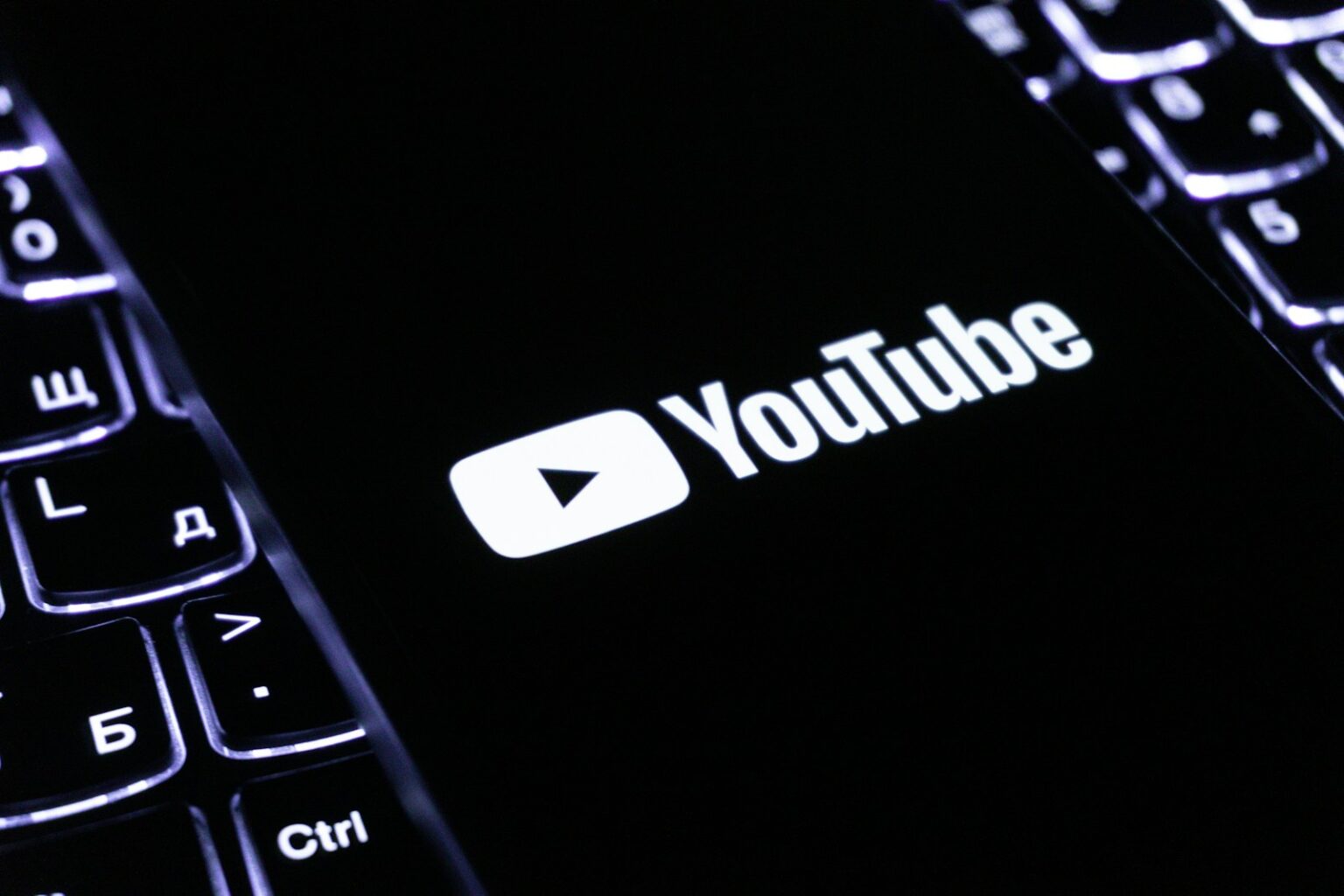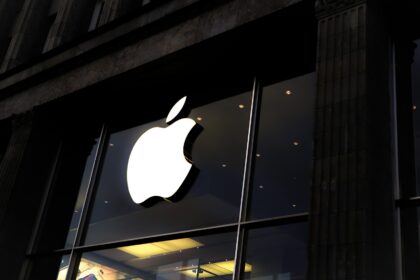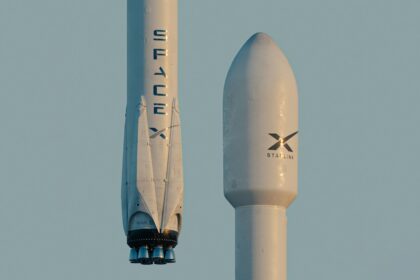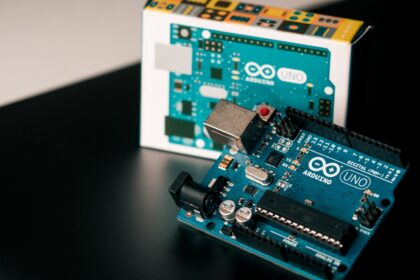YouTube just unleashed a major weapon in the battle against AI-generated deepfakes. The video platform rolled out a new likeness detection tool that lets creators identify and remove unauthorized videos featuring AI-generated versions of their face or voice. This marks a significant step forward in protecting people from the rapidly growing deepfake threat.
How the detection tool actually works
The system functions similarly to YouTube’s existing Content ID technology, but instead of scanning for copyrighted music, it searches for people’s faces. Creators who want protection must first verify their identity through a detailed process.
To get started, creators need to submit a government-issued photo ID and record a short video selfie. This verification process serves two critical purposes – it confirms the person’s identity and provides the AI system with source material to build an accurate facial model. Google stores this data securely on their servers.
Once verified, the AI system automatically scans newly uploaded videos across YouTube’s massive library. When it detects a potential match, the creator receives a notification and can review the flagged content through a new Content Detection tab in YouTube Studio.
“Through this partnership, numerous prominent figures will have access to early-stage technology aimed at identifying and managing AI-generated content that portrays their likeness on YouTube scale”, the company explained when announcing the feature.
Three ways to respond to deepfakes
When a creator finds an unauthorized video using their likeness, they have three distinct options for taking action. The flexibility allows creators to choose the response that best fits their situation.
First, they can simply report the video to YouTube for review. This puts the content on YouTube’s radar without immediately demanding removal. The platform will investigate and determine appropriate action.
Second, creators can submit a formal takedown request under YouTube’s privacy policies. This route invokes privacy protections that apply specifically to unauthorized use of someone’s likeness. YouTube typically gives the uploader 48 hours to respond before initiating its review process.
Third, creators can file a full copyright claim if the unauthorized video also infringes on their copyrighted content. This is the most aggressive option and can result in copyright strikes against the offending channel.
Creators also have a fourth option – they can choose to archive the video for record-keeping purposes without taking any enforcement action. This allows them to track deepfakes without necessarily removing everything.
Current limitations and rollout timeline
For now, the tool is only available to creators enrolled in YouTube’s Partner Program. This means you need to have a monetized channel with at least 1,000 subscribers and 4,000 watch hours or 10 million Shorts views in the past year.
YouTube notified the first wave of eligible creators via email on October 21, 2025. The company plans a phased rollout that will eventually extend access to all monetized creators by January 2026.
The detection system currently has some important limitations. It can only identify videos where someone’s face has been altered or synthetically generated. Cases where only a person’s voice gets cloned by AI without visual changes may not trigger detection.
Additionally, the early-stage technology sometimes flags videos containing the creator’s actual face rather than just deepfakes. YouTube warns users that they might see their own legitimate content alongside suspected AI-generated material. This false positive rate should improve as the system learns and develops.
The Creative Artists Agency partnership
YouTube developed this technology in partnership with Creative Artists Agency (CAA), one of Hollywood’s most powerful talent agencies. This collaboration provided access to high-profile celebrities, athletes, and influencers during initial testing phases.
CAA represents some of the world’s most recognizable faces – people who are prime targets for deepfake creators. The agency’s involvement suggests YouTube designed this tool specifically to protect famous individuals who face the highest risk.
The pilot program that began in December 2024 gave these high-profile figures early access to test the technology. Their feedback helped YouTube refine the detection algorithms and user interface before the broader rollout.
Mandatory AI disclosure requirements
YouTube implemented separate rules in March 2024 requiring all creators to disclose when they use AI to generate realistic content. These disclosure requirements work alongside the new detection tool to create a comprehensive approach to AI transparency.
Creators must check a box during the upload process indicating if their video contains altered or synthetic content that could be mistaken for real. This includes AI-generated videos showing realistic people, places, or events.
For most videos, YouTube displays the disclosure label in the expanded description. However, videos touching on sensitive topics receive more prominent labeling. Content about health, news, elections, or finance gets a visible label directly on the video player itself.
“Creators who consistently choose not to disclose this information may be subject to content removal, suspension from the YouTube Partner Program, or other penalties”, YouTube warned in its policy announcement.
What requires disclosure and what doesn’t
YouTube’s disclosure rules include important exceptions that clarify what content needs labeling. Not every use of AI triggers the requirement, which helps prevent disclosure fatigue.
You must disclose AI use when creating realistic footage of people saying or doing things they never actually did. This includes videos showing public figures engaging in fictional activities, especially if it relates to politics, criminal activity, or product endorsements.
You must also disclose when AI generates realistic-looking scenes from scratch or significantly alters existing footage of real places and events. If viewers could reasonably believe the footage is real when it’s actually AI-generated, you need to disclose.
However, you don’t need to disclose AI use for productivity tools like script generation, content ideation, or automatic captions. Using AI for animation, fantasy content, or obviously unrealistic scenes also doesn’t require disclosure. Simple edits like color correction, beauty filters, or special effects are exempt as well.
Privacy request process for regular users
Even people who aren’t YouTube creators can request removal of AI-generated content featuring their likeness. YouTube updated its privacy request process in June 2024 to accommodate these situations.
Anyone can file a privacy complaint if they believe a video uses AI to realistically alter or synthesize their face or voice. YouTube evaluates several factors when deciding whether to grant removal requests.
The platform considers whether the content creator disclosed the AI generation, how identifiable and realistic the depiction appears, and whether it could be considered parody or satire. YouTube also weighs whether the content shows public figures engaging in sensitive behaviors like criminal activity or political endorsements.
If approved, YouTube removes the entire video including any identifying information in titles, descriptions, and tags. Privacy violations don’t result in Community Guidelines strikes, meaning creators won’t automatically face penalties. However, repeated violations may trigger account-level consequences.
The deepfake problem continues growing
Deepfake technology has become dramatically more sophisticated and accessible over the past year. Tools like OpenAI’s Sora 2, which launched in late 2024, allow anyone to generate convincing fake videos from simple text prompts.
The technology has been used for everything from harmless entertainment to serious fraud. Scammers create fake celebrity endorsements, criminals impersonate business executives in fraud schemes, and political operatives spread misinformation during elections.
One high-profile case involved electronics company Elecrow using an AI-generated version of YouTuber Jeff Geerling’s voice to promote products without permission. These unauthorized commercial uses hurt creators’ reputations and potentially confuse their audiences.
The problem isn’t limited to famous people anymore. Ordinary individuals increasingly find themselves victims of deepfakes created by ex-partners, bullies, or random internet trolls. The psychological harm can be severe, especially when fake videos spread across social media.
Industry-wide legislative efforts
YouTube has thrown its support behind the NO FAKES Act, proposed federal legislation designed to combat deceptive AI-generated content. The bill would create legal protections against unauthorized digital replicas of people’s likenesses.
The legislation aims to give individuals legal recourse when their image or voice gets cloned without consent. It would establish federal standards that currently don’t exist, creating consistency across different states.
YouTube’s public support for this legislation signals that the company recognizes platform-level solutions alone won’t solve the deepfake problem. Meaningful progress requires coordination between technology companies, lawmakers, and civil society.
Other tech companies have taken various approaches to the deepfake challenge. TikTok requires labeling of AI-generated content, while Meta has struggled to enforce similar rules on Facebook and Instagram. Twitter/X has largely avoided implementing strong deepfake policies.
The coalition for content provenance
YouTube is a steering member of the Coalition for Content Provenance and Authenticity (C2PA), an industry group working on technical standards for digital content. This collaboration brings together tech companies, camera manufacturers, and media organizations.
C2PA develops standards that embed cryptographic signatures into digital media at the moment of creation. These signatures create a verifiable chain of custody showing whether content has been edited or manipulated.
Imagine if every photo and video had an invisible digital watermark proving its authenticity. C2PA aims to make this reality by building the technology directly into cameras, editing software, and social media platforms.
The standards remain in early development, but major companies including Adobe, Microsoft, Intel, and the BBC have committed to implementing them. If widely adopted, C2PA could make it much easier to distinguish real footage from AI-generated fakes.
User frustration with AI content flooding
Many YouTube viewers have grown increasingly frustrated with the sheer volume of AI-generated content flooding the platform. Reddit communities and social media are full of complaints about low-quality AI slop dominating recommendations.
A popular Reddit thread in the YouTube community received over 520 upvotes discussing this exact issue. Users want YouTube to implement settings allowing them to automatically filter out all AI-generated content from their recommendations.
“YouTube is becoming increasingly difficult to enjoy. The platform is inundated with AI-generated content, making it challenging to stumble upon anything genuine or worthwhile”, one frustrated user posted.
The “Don’t recommend this channel” option feels futile against AI spam. For every AI content farm that gets blocked, dozens more pop up daily, creating an endless game of whack-a-mole.
Many viewers argue that YouTube needs both mandatory labeling and user-controllable filters. Let people who enjoy AI content see it, but give others the option to avoid it entirely.
What creators need to do right now
If you’re a YouTube creator, you should familiarize yourself with the new disclosure requirements immediately. Failure to properly label AI-generated content can result in enforcement action against your channel.
During video upload, look for the toggle asking whether your content contains altered or synthetic media. If your video includes any realistic AI-generated elements, flip this toggle to “yes”. This tells YouTube’s algorithm that you’re operating transparently.
Consider adding an on-screen text overlay in the first 5 seconds of videos containing AI elements. Something simple like “AI-generated scene” or “synthetic media” provides clear upfront disclosure. This protects you even if viewers don’t read video descriptions.
In your video description, add a disclosure section explaining exactly how AI was used. Example: “Disclosure: Voice cloned using ElevenLabs. Visuals generated with Runway”. This triple-layer approach (on-screen, toggle, description) provides maximum protection.
The road ahead for AI detection
YouTube’s deepfake detection tool represents an important first step, but significant challenges remain. The current system only catches facial manipulations, leaving voice cloning undetected.
YouTube has indicated that audio detection capabilities are in development. Once launched, the system will help musicians and voice actors protect their vocal signatures from unauthorized AI cloning.
The effectiveness of the tool will depend heavily on how accurately it identifies deepfakes while minimizing false positives. If the system flags too many legitimate videos, creators may lose trust and disengage from the feature.
Privacy advocates have raised concerns about YouTube requiring government IDs and biometric data. While necessary for verification, this data collection creates potential security and privacy risks. YouTube must ensure this sensitive information remains protected.
The broader question is whether platform-level detection can keep pace with rapidly improving AI generation technology. As deepfake tools become more sophisticated, detection systems must evolve constantly to maintain effectiveness. This technological arms race will likely continue for years to come.
























